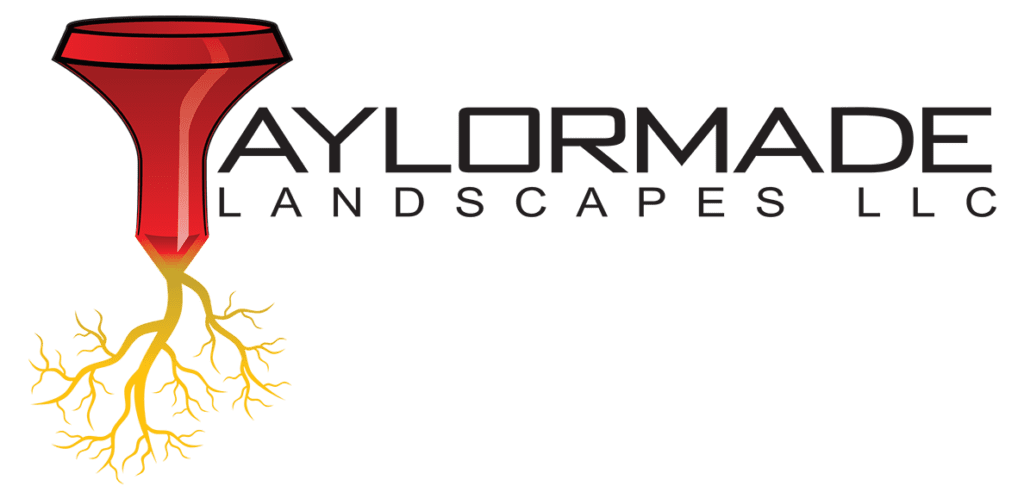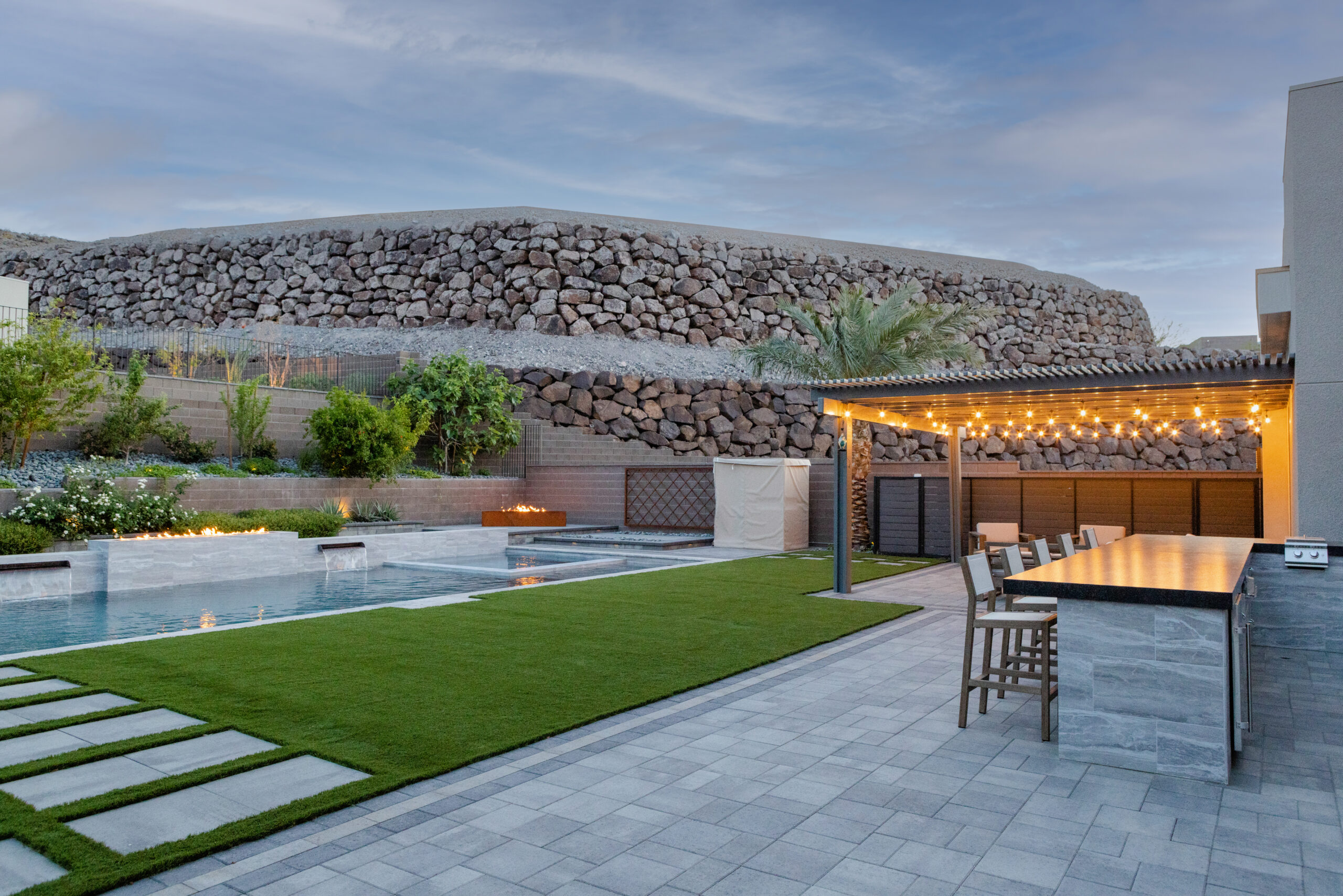As 2025 unfolds, the allure of hardscape installations is more pronounced than ever, capturing the attention of homeowners and landscape enthusiasts alike. Hardscaping—the artful design and implementation of non-plant elements in a landscape, such as patios, walkways, retaining walls, and outdoor kitchens—offers durability, functionality, and aesthetic appeal. While the installation of these features requires careful planning and skilled craftsmanship, the key to preserving their beauty and longevity lies in ongoing maintenance. With the passage of time and exposure to the elements, neglect can lead to costly repairs and diminished aesthetic value.
In this dynamic landscape of maintenance practices, understanding the best strategies to care for your hardscape installations in 2025 is crucial for ensuring they remain both functional and visually appealing. Advances in materials and technology have introduced new methods for safeguarding hardscapes, while established techniques—such as cleaning, sealing, and repairing joints—remain essential to their upkeep. Environmental factors, including extreme weather events and changing moisture levels, can challenge the integrity of these installations, making proactive maintenance even more imperative.
This article delves into the must-know tips, tools, and techniques for effectively maintaining your hardscape installations this year and beyond. From recognizing the signs of wear to the best practices for cleaning and protection, we’ll equip you with the knowledge you need to extend the life of your hardscape features, ensuring they enhance your outdoor space for years to come. Whether you’re a seasoned homeowner or a novice enthusiast, understanding maintenance in 2025 will help you keep your hardscaped areas looking pristine and inviting, ready to withstand the rigors of time and nature.
Routine Cleaning and Maintenance
Routine cleaning and maintenance are fundamental to ensuring the longevity and aesthetic appeal of hardscape installations. Hardscaping, which includes elements like patios, walkways, walls, and other outdoor structures made from various materials including stone, concrete, and pavers, requires consistent care to avoid degradation caused by environmental factors. In 2025, maintaining these installations will involve a few key practices that can significantly extend their life.
One of the primary aspects of routine cleaning is sweeping and removing debris. Leaves, dirt, and organic matter can accumulate on hard surfaces and lead to discoloration or the growth of mold and mildew. Regular sweeping not only keeps hardscapes looking pristine but also prevents potential damage caused by organic growth. For deeper cleaning, power washing can be employed, but this should be done cautiously. The pressure settings should be adjusted to avoid damaging the surface material, particularly for softer stones and pavers.
It’s also crucial to inspect the hardscape for weeds or grass that may sprout in joints or cracks. These are not only unsightly but can also contribute to further structural issues. Hand-pulling or using a suitable weed killer is recommended to manage this effectively. Additionally, regular inspections help identify any small repairs needed, such as resetting loose pavers or filling in gaps with sand or polymeric sand, which helps stabilize joints and prevent weed growth.
Moreover, the choice of cleaning agents is vital. It is advisable to use eco-friendly cleaners that are gentle on the surface yet effective in removing stains and grime. These cleaners help maintain the integrity of the hardscape and minimize harm to the surrounding environment. In 2025, as sustainability becomes ever more relevant, choosing alternatives that are safe and non-toxic will align well with modern environmental practices.
Overall, the foundation of maintaining your hardscape installations revolves around routine cleaning and upkeep. By committing to a regular maintenance schedule, you can preserve the beauty and function of your hardscaped areas while extending their lifespan and preventing costly repairs down the road.
Seasonal Care and Preparation
Seasonal care and preparation are crucial components in maintaining the longevity and aesthetic appeal of your hardscape installations. As we look toward 2025 and beyond, understanding how to adapt your maintenance routine according to the changing seasons can significantly influence the durability of these structures. Hardscapes, such as patios, walkways, and retaining walls, are subject to various environmental stressors, including temperature fluctuations, precipitation patterns, and the growth of vegetation. By proactively addressing these factors during specific seasons, you can prevent damage and enhance the performance of your hardscape.
In the spring, it is important to inspect your hardscape for any winter damage that may have occurred. Look for cracks, discoloration, or displaced pavers caused by freeze-thaw cycles. This is also a great time to remove debris that may have accumulated over the winter, such as leaves and dirt, as these materials can lead to mold and algae buildup, which can be slippery and unsightly. Additionally, re-soiling any gaps between pavers can help to stabilize them and prevent further shifting. Early spring is also the ideal time to apply any necessary sealants to protect your hardscape from the upcoming summer sun and rain.
Summer care focuses on weed management and keeping your hardscape cool. The intense heat can cause certain hardscape materials to become uncomfortably hot and can dry out any adjoining landscaping. Regularly checking for and removing weeds is important, particularly in joints, where they can disrupt the base and drainage. Installing a weed barrier fabric beneath your hardscape can also minimize growth and reduce the need for chemical herbicides. It’s also advisable to use a soft brush or broom to keep the surface clean while avoiding harsh chemicals that could cause fading or damage.
As fall approaches, you’ll want to shift your attention to preparing your hardscape for winter. Clearing leaves and debris is critical to prevent staining and mold buildup, which can thrive in damp, hidden places. Consider applying a protective sealant if you haven’t already—this will form a barrier against moisture infiltration and minimize damage during freezing temperatures. It’s equally important to inspect drainage systems to ensure they are clear, as proper drainage will reduce the risk of ice formation and protect against shifting soil.
Finally, in winter, although intensive care is limited, regular monitoring is still vital. Keeping hardscape surfaces free of ice and snow is essential for safety and longevity. Use sand or salt cautiously, as not all materials respond well to chemical de-icers—opt for sand when possible, particularly on porous surfaces.
By tailoring your maintenance strategies to the seasons, you can effectively prolong your hardscape’s life and preserve its aesthetic benefits well into 2025 and beyond. Each season offers unique challenges and opportunities, and being proactive ensures that your hardscape installations remain resilient and attractive throughout the year.
Repair Techniques for Common Damage
Maintaining hardscape installations involves being vigilant about potential damages that can occur over time due to weather, usage, or natural wear. One of the most common forms of damage includes cracks in concrete or pavers, which can result from temperature fluctuations, poor drainage, or settling of the underlying soil. Addressing these issues promptly is crucial for preventing further deterioration. For minor cracks, a concrete patching compound can be applied to fill the voids, ensuring that the surface is clean and dry before application. Larger cracks may require more extensive repair work, including removing affected pavers or re-pouring sections of concrete.
Another frequent issue encountered with hardscapes is the shifting or uneven settling of pavers. This can be due to various factors such as soil erosion, tree root growth, or excessive moisture. To repair uneven pavers, one should first identify the root cause of the movement. Underlying soil can sometimes be compacted or reinforced to prevent future shifting. For visible adjustments, it may be necessary to lift the affected pavers, re-level the base with sand or additional gravel, and then reset the pavers in their original position. This ensures not only aesthetic appeal but also a safe walking surface for residents and visitors.
In 2025, maintaining your hardscape installations will also involve keeping an eye out for the effects of environmental changes. With the increasing unpredictability of weather patterns, ensuring your installations can withstand extremes is paramount. Using flexible joint fillers can help manage the expansion and contraction of materials, and incorporating reflective materials in sunny areas can mitigate heat retention in hard surfaces. Additionally, utilizing eco-friendly materials and techniques can alleviate some of the impacts that climate change brings. Regular inspections and proactive repairs will help extend the life of your hardscape, saving you money and effort in the long run.
By adopting these repair techniques for common damage, you can keep your hardscape installations not only functional but also visually appealing, ensuring they withstand the test of time in the ever-changing landscape of 2025.
Sealants and Protective Coatings
Sealants and protective coatings are essential aspects of maintaining hardscape installations, particularly in 2025 when environmental conditions may pose increased challenges due to climate change and extreme weather events. These products are designed to safeguard surfaces such as stone, concrete, and pavers from various damaging factors, including moisture infiltration, UV radiation, staining, and freeze-thaw cycles. By applying sealants and protective coatings, property owners can prolong the life of their hardscape elements, enhance their aesthetic appeal, and minimize the need for more extensive repairs in the future.
To effectively maintain hardscape installations, it is crucial to choose the right type of sealant or protective coating. There are various options available, such as penetrating sealers that absorb into the material, providing internal protection without changing the surface appearance. Alternatively, surface sealers offer a protective layer on top, which can enhance color and sheen but may also create a slippery surface in wet conditions. As trends shift and more eco-friendly products become available, consider using low-VOC (volatile organic compounds) sealants that are less harmful to the environment and human health.
When applying sealants or coatings, timing and surface preparation are critical for optimal results. It’s essential to clean the hardscape thoroughly before sealing; this ensures that debris, dirt, and existing stains do not interfere with adhesion. Typically, spring and fall are ideal times for application, allowing for sufficient curing and effectiveness against harsh weather conditions. Regular inspection and reapplication are also key. In 2025, a good rule of thumb is to seal hardscape surfaces every one to three years, depending on usage, exposure, and previous maintenance. This proactive approach not only protects your investment but also enhances the overall beauty and functionality of your outdoor spaces.
Sustainability Practices in Hardscape Care
Sustainability practices in hardscape care are essential for maintaining the integrity of outdoor installations while also being mindful of environmental impact. Utilizing sustainable methods can enhance the longevity of hardscape materials, reduce waste, and promote ecological balance in landscaping designs. In 2025, as awareness about environmental issues continues to grow, incorporating sustainable practices into your hardscape maintenance routine will not only benefit your outdoor aesthetics but also support a healthier planet.
One of the core principles of sustainability in hardscape care involves selecting eco-friendly materials and resources. This includes choosing permeable pavers that allow water to filter through, reducing runoff and promoting groundwater recharge. Additionally, when installing or repairing hardscapes, consider sourcing locally produced materials to minimize transportation emissions and support local economies. The type of adhesives, sealants, and cleaners used should also be environmentally friendly, with a focus on non-toxic, biodegradable options that are less harmful to surrounding plants and wildlife.
In terms of maintenance practices, implementing water-efficient measures is vital. This can involve using rainwater harvesting systems to provide water for cleaning and maintenance, which not only conserves resources but also helps manage stormwater. Furthermore, incorporating native plant species into adjacent landscaping can reduce the need for irrigation and chemical inputs, creating a more cohesive and self-sustaining ecosystem. Regularly evaluating and replacing hardscape elements that have reached the end of their life cycle with sustainable options also supports a circular economy approach in landscaping.
Finally, community involvement is a crucial component of sustainable hardscape practices. Engaging local communities in workshops or programs focused on sustainable landscaping can increase awareness and encourage collective action towards more environmentally responsible hardscape care. Sharing best practices, innovations, and resources can foster a culture of sustainability that not only benefits individual properties but also has a broader positive impact on the environment. In 2025 and beyond, adopting sustainable practices in hardscape care will align with global efforts to preserve our ecosystems for future generations while enjoying beautiful outdoor spaces.




